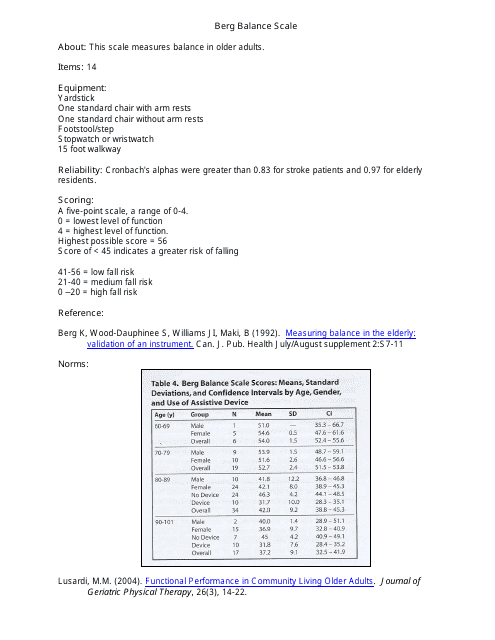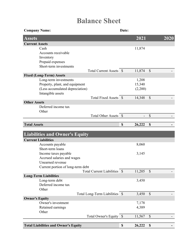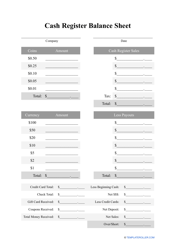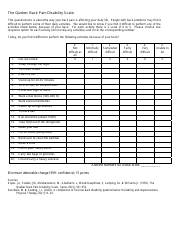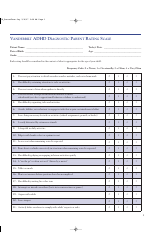Berg Balance Scale Form
The Berg Balance Scale is a commonly used clinical tool for assessing a person's balance and risk of falls. It is a form or questionnaire that involves a series of tasks and activities designed to evaluate an individual's ability to maintain their balance in various positions and activities. The results of the Berg Balance Scale form can help healthcare professionals determine the appropriate interventions and treatment plans for individuals who have balance impairments or are at risk of falling.
The Berg Balance Scale form is typically filled out by healthcare professionals, such as physical therapists, occupational therapists, or physicians, who are trained in assessing balance and mobility in patients. The form helps to evaluate an individual's balance and risk of falls.
FAQ
Q: What is the Berg Balance Scale?
A: The Berg Balance Scale is a widely used assessment tool designed to measure a person's balance and risk of falling.
Q: How is the Berg Balance Scale administered?
A: The Berg Balance Scale is typically administered by a trained healthcare professional, such as a physical therapist. It consists of 14 different tasks or movements that assess a person's ability to maintain balance and control during various activities.
Q: What does the Berg Balance Scale assess?
A: The Berg Balance Scale assesses a person's ability to perform functional tasks such as standing unsupported, sitting and standing from a chair, reaching forward while standing, turning, and maintaining balance while standing on one leg.
Q: Why is the Berg Balance Scale important?
A: The Berg Balance Scale is important because it helps healthcare professionals evaluate a person's risk of falling and determine appropriate interventions to improve balance and prevent falls.
Q: What is the scoring system for the Berg Balance Scale?
A: The Berg Balance Scale uses a 0-4 scoring system for each task, with a maximum total score of 56. Higher scores on the scale indicate better balance control and a lower risk of falling.
